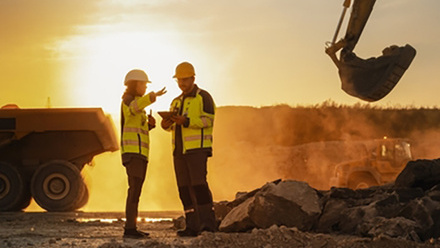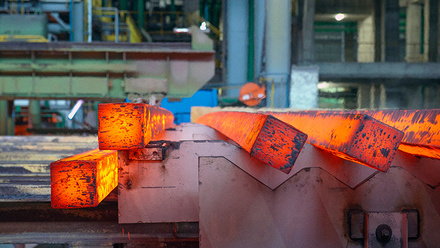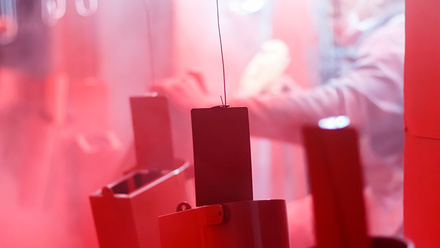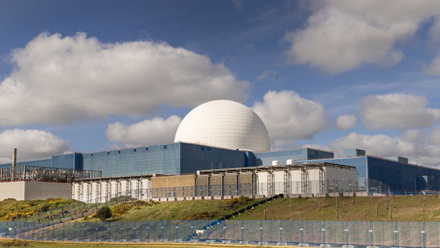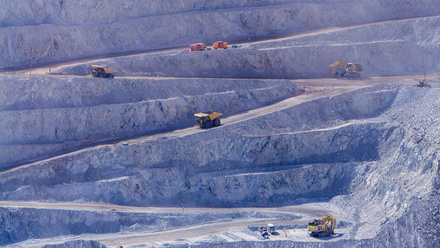Aluminium reinforcement and blue clay clinker to reduce concrete’s carbon footprint
An aluminium-reinforced concrete that reportedly brings an end to the corrosion issues of steel-reinforced material uses blue clay to confer a level of acidity that aluminium can tolerate.
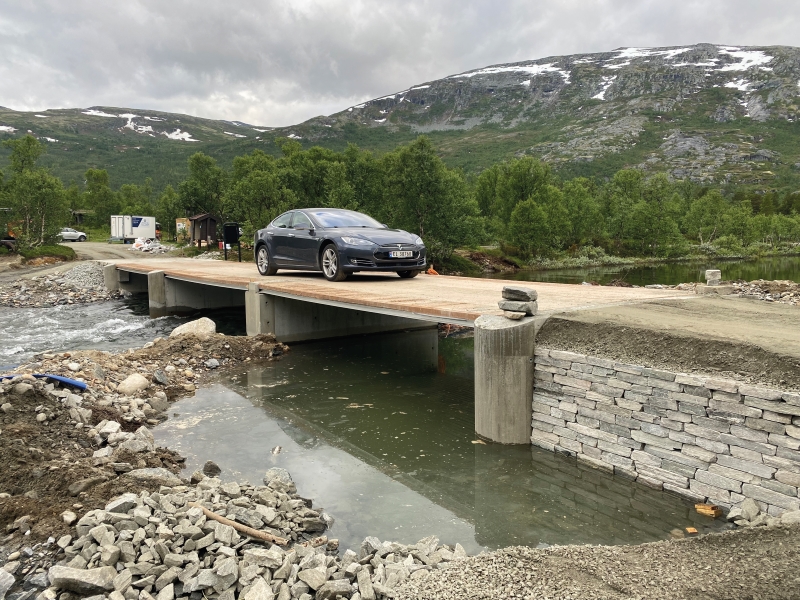
Scientists at SINTEF in Norway have demonstrated they can replace at least half of the carbon-intensive Ordinary Portland Cement with calcined clay and calcium chloride, reducing manufacturing carbon emissions.
The process achieves emission reductions by reducing cement content; burning clay at lower temperatures (850°C) than used in limestone calcination (1,450°C); reducing materials consumption as the use of aluminium reinforcements decreases the need for cover; reducing energy consumption by using recycled aluminium; and increasing construction longevity while minimising maintenance needs.
The researchers claim the resulting reinforced material emits 80% less CO₂ over its lifetime.
Professor Harald Justnes, Chief Scientist at SINTEF Community, says, 'Less concrete cover over reinforcement (not for durability, but mechanical grip only) means thinner wall elements, etc. and thereby less concrete.'
He believes the material can be used anywhere 'where C35 [concrete] is sufficient for construction…Since there is no need to have low water-to-cement ratio for durability and overshoot strength as for regular steel-reinforced concrete, [you can] design for the strength you need'.
He continues, 'A fast pozzolan is needed that consumes calcium hydroxide fast when the cement component starts producing it after setting. The clay we use today is kaolinitic with 50% clay mineral and the rest being feldspar particles (inert). The beauty of using ordinary blue clay, as it is dug out of the ground, is that organic stuff is burnt away and any fine mineral particles are accepted by the concrete as filler.'
Moreover, 'all the common degradations of normal steel-reinforced concrete do not apply anymore'.
He asserts carbonation does not create a problem in the aluminium-reinforced concrete. The uncarbonated binder has a pH of 9 but will also carbonate at a lower pH of 8. He says, 'Aluminium is ok with that', as aluminium thrives at a medium pH.
Chloride ingress also 'does not matter [as the] aluminium alloy is resilient'. He notes that they can even use seawater as mixing water and sand dredged from the sea can be used without washing.
He claims sulphate attack is 'obsolete as there is no calcium hydroxide left for the first reaction to gypsum (proven by four-year storage in 5% Na2SO4 at 5°C)'.
Alkali aggregate reactions (AAR) are also 'obsolete due to the low pH and that remaining alkalis are in the form of silicates and aluminates'.
Reportedly, this leads to better resource utilisation as AAR-prone aggregates can be used.
The scientists report that a freeze-thaw test replicating temperatures from -20 to +20°C per day has been passed with water on top, but not with 3% sodium chloride. Justnes says this is 'common for all low-cement replacement systems, but [we] wonder if this test actually resembles practice'.
The greatest benefit he sees is in marine-exposed structures, or sewage systems, 'where there are problems with sulphate attack and hydrogen sulphide'.
To demonstrate the technology, the team has created a small bridge designed for a 10t load as a composite structure, with this concrete cast on top of aluminium profiles (prefabricated elements). They have also created a sandwich wall element where the concrete is used as the outer decorative skin and the aluminium is brought to the surface.
They will now construct a stairway system at the university campus in Trondheim, and, in some precast elements, seawater will be used as mixing water to prove the concept.


